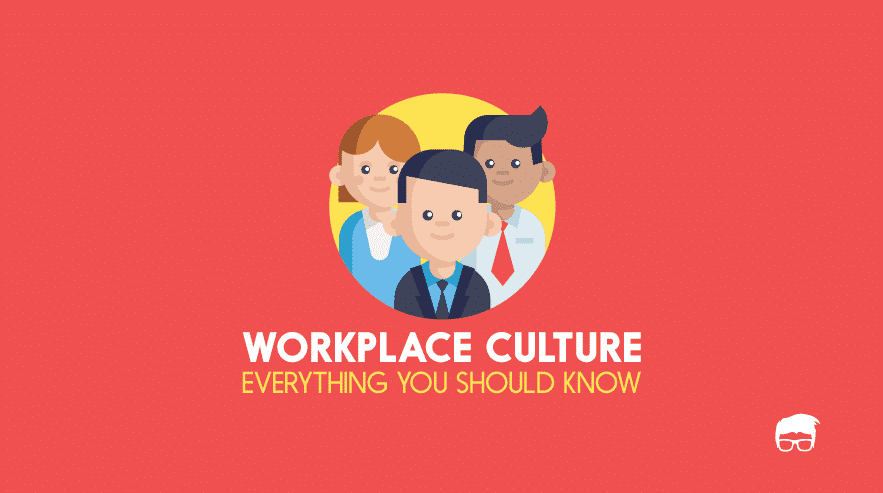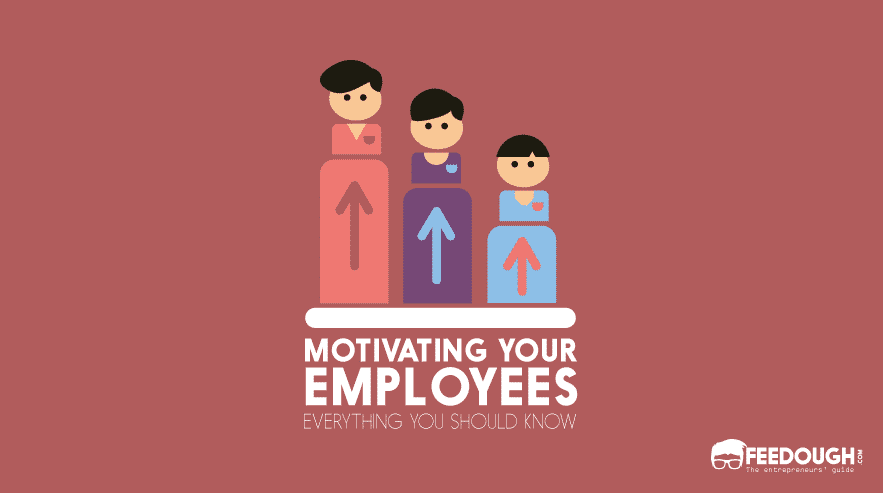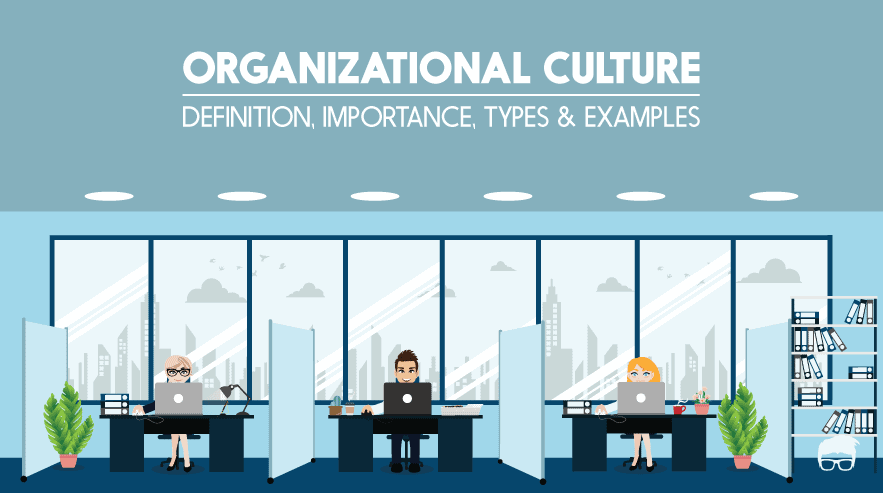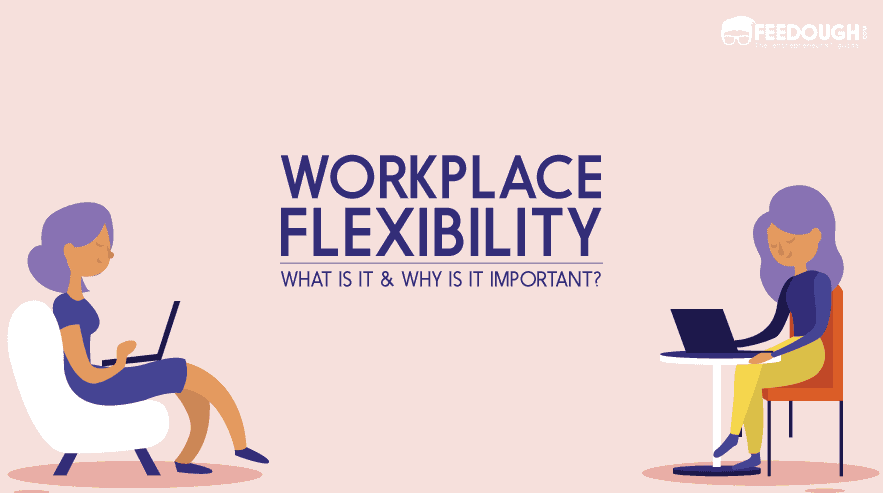When employers interview prospective employees for a job, they often consider if they would be a good ‘cultural fit’ for their organization. The ‘culture’ they refer to here is the workplace culture.
Every business or organization is built on a foundation of its core values. It’s what makes your business unique—a sum total of traditions, beliefs, interactions, attitudes, how your organization is managed, hierarchy, and behaviours among your employees.
It is the work culture that eventually determines how employees interact with each other, and how they affect the ambience of the workplace.
What Is Workplace Culture?
Workplace culture is a concept that, as a whole, deals with the elements that make up an organization. It is a study of how the interactions among employees at your workplace affect the way the organization functions.
Workplace culture refers to the environment you create for your employees and how it determines their performance at work, work satisfaction, relationships and progression; it is the environment that surrounds you at work all the time.
In short, it is the character and personality that set the overall vibe for your organization.
Importance of Workplace Culture
The importance of a healthy workplace culture should not be underestimated. Workplace culture is something that is extremely important to all organizations, irrespective of what type of industry they fall under. It determines how toxic or pleasant the environment at your workplace is, or rather, can be under pressure. This means that if you want to attract the best staff for your team, you need to invest in creating a good and healthy workplace culture.
Workplace culture has a direct influence on how your employee fits into your organization, as well as the organization’s ability to attract and retain employees because it shapes the environment they work in. A good workplace culture offers everyone an opportunity to initiate change and grow on a more professional and personal aspect. It also leads to better productivity levels among employees.
Types of Workplace Cultures
Strong Leadership
A strong culture of leadership at your workplace revolves around both the existing and rising leaderships. To enforce this, mentorship programs and training sessions are implemented at work. Existing leaders put their subordinates in positions to succeed, and best performing employees are put on fast track for leadership positions of their own.
The culture of leadership is not just enforced by corporate giants. Baristas at a coffee shop who are trained to be competent shift leaders are also capable of displaying high levels of leadership.
Innovation
A culture of innovation at work is a culture in which conventional ideas are kept aside to avoid falling behind in the competition. Strict communication and hierarchy are often subverted to make way for brainstorming new and creative ideas to stay on the cutting edge of trends and developments in the industry.
Empowerment
In a culture of empowerment, no employee in the organization feels undervalued. Regardless of their position or role at the workplace, every employee is made to feel that their role in the workplace is vital to keep the gears turning. Subordinates are comfortable with approaching their superiors and wages are generous as well.
Organizations like Ben and Jerry’s and Disney continuously empower their employees through well-paying jobs with benefits.
Collaboration
Interpersonal and communication skills that impact your employees’ interactions can be highly beneficial to your organization. In the culture of collaboration, it is important to know how much employees individually contribute to the team’s collective goals.
Often, in workplaces, team-work is extremely crucial for certain projects to be executed properly. The culture of collaboration is a great way to assess an employee’s ability to work seamlessly with their team.
Adaptability
It is important to keep up with the changing trends and developments in the industry to stay ahead of the competition. In the midst of a culture shift at the workplace, it is important to understand the levels of flexibility and problem-solving skills of your employees.
The culture of adaptability gauges the capability of your employees to learn new things and grow in order to meet unfamiliar changes that might come across your organization. The ability of an employee to rise up to an occasion can come in handy in times of need.
Defining Your Workplace Culture
Sometimes, workplace cultures are allowed to form normally and naturally, which can lead to a number of problems like hiring employees who do not fit into the workplace culture itself, tolerating management styles that threaten employee engagement and retention or not communicating and creating a clear vision to your employees.
For these reasons, it is important to take a step back to evaluate and define your workplace culture—not only as it is in the present, but also as you want it to be in the future. Although workplace culture is something hard to define, assessment tools and surveys at work can help in gauging where the current culture stands.
For instance, if your employees are overworked and stressed, it indicates that the environment workplace culture at your organization is unhealthy and needs to be improved, not only for the sake of the employees, but also to ensure that productivity levels do not decrease.
Also, examining and monitoring workplace behaviour, meetings, interactions and interviews can help in understanding the environment at work better. The most important part is to take a step towards shaping and defining the workplace culture at your organization.
Bottom-Line?
Workplace culture is dynamic and there is always scope for improvement. It is far too significant to be ignored or overlooked. It is important to understand that workplace culture is just as important as a business strategy—if not, it is a part of the strategy itself.
When deciding on a workplace culture for your organization, there doesn’t have to be a single culture picked out in particular. An organization’s workplace culture can be a potpourri of multiple kinds of workplace cultures implemented to make the right fit for you.
An organization doesn’t have a strong workplace culture if all employees strictly adhere to their rules and guidelines. Rather, there are better chances of having a good workplace culture at an organization that respects and responds to their employees’ inputs and suggestions.
Go On, Tell Us What You Think!
Did we miss something? Come on! Tell us what you think about our article on workplace culture in the comments section.
A literature enthusiast, an avid reader, a blogger and an experienced social media marketer. She loves to travel whenever she can and has an eye for all things aesthetic.








